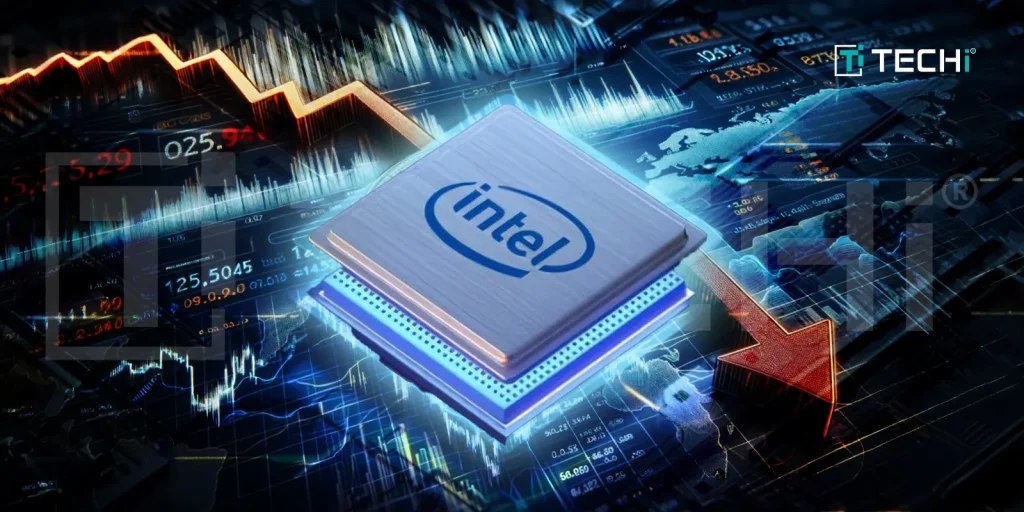In a dramatic courtroom victory, Intel defeated a lawsuit from its shareholders who claimed the company had hidden serious problems in its foundry business. The lawsuit accused Intel of misleading investors, leading to a massive $32 billion drop in its market value. However, a U.S. judge dismissed the case, saying there was not enough evidence that Intel intentionally deceived its shareholders.
As Judge Thompson pointed out, Gelsinger’s “growing demand” statements were made in the context of customer commitments and contract wins, not revenue.
There are no allegations that indicate defendants led investors to believe that the IFS reporting results for the fiscal year 2023 included results for the entire internal foundry model, The complaint itself misleadingly conflates IFS and the internal foundry.”
The principal issue at stake was whether Intel would have purposely misled investors. However, a U.S. judge dismissed the case on the rounds, saying that the shareholders did not have enough evidence to demonstrate intentional deceit on the part of Intel. He added that whatever major losses Intel’s foundry operations were accruing, it did not mean the company was dishonest. That was a big relief for Intel, which was already going through a very tough path in competition with other chipmakers like TSMC, Samsung, Nvidia, and AMD.
Intel’s stock plummeted 26% to $21.48 on August 2, following its quarterly earnings report, job cuts, and dividend suspension. By Wednesday, shares had dropped another 3.6%, closing at $18.99—marking a total decline of 34.6% since the announcement., reported by CNBC. Intel’s troubles worsened when they launched the Intel Foundry Services, so that they could compete directly with the giants. The goal was to manufacture advanced tech chips for other companies, but the venture already faced delays and was expensive, leading the operating losses to amount to $7 billion. As it worsened, Intel had to make difficult decisions, such as layoffs of about 15,000 employees and even halting dividends to save an estimated $10 billion by 2025.
The court case victory translated to an increase in the price of Intel’s shares, but it was marginal, showing relief by investors toward the court ruling. Experts argue that such a victory should not imply any solution to Intel’s major problems at such a moment. Certainly, the organisation would need to rehabilitate its foundry business and eventually showcase its abilities to contend against industry standards for fabricating advanced chips. Intel’s CEO Pat Gelsinger will have an arduous task ahead. However, he has already set into motion a turnaround plan based on measures to cut costs and hasten the development of new chips.
The company also invests heavily in new manufacturing plants and technology to close the gap with its rivals. While the court win buys Intel some time, it will be judged on its future delivery of plans and mining investor confidence anew. Intel’s victory shows that its legal strategy is strong, but it also makes one wonder if it could have communicated better with its shareholders to avoid this situation. Losing $32 billion is a big deal, so it’s understandable why shareholders were frustrated. Maybe Intel needs to focus more on being transparent about its risks and plans in the future.





Tech Writer